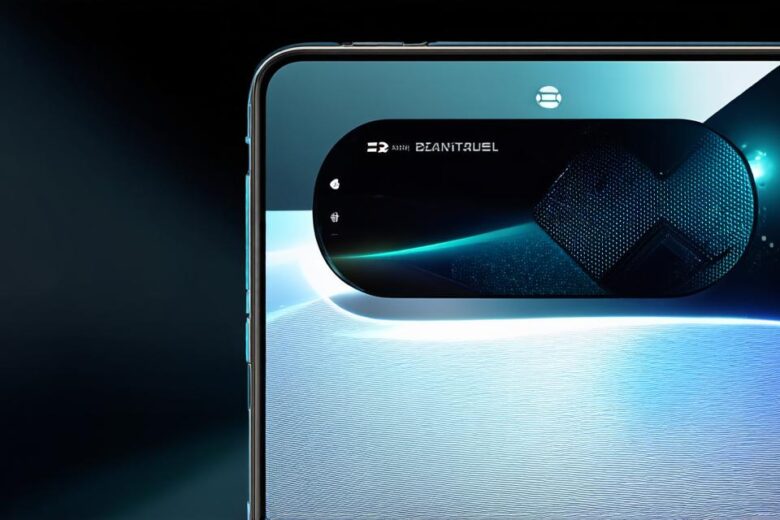In the digital age, augmented reality (AR) is no longer a futuristic concept but a practical tool reshaping industries and everyday experiences.
Retail and E-commerce
AR has revolutionized retail by offering virtual try-ons, immersive product visualizations, and interactive shopping experiences. IKEA’s AR app, for instance, allows customers to virtually place furniture in their homes before purchasing.
Education

AR is a game-changer in education, making learning more engaging and interactive. For example, Google Expeditions VR takes students on virtual field trips to museums, historical sites, and even outer space. This immersive learning experience can foster curiosity and deepen understanding.
Healthcare
AR is being used in healthcare for everything from surgery simulations to patient care. For instance, the Microsoft HoloLens is used by medical professionals for holographic visualizations during surgeries, improving precision and reducing risks.
Gaming and Entertainment
AR games like Pokémon Go have captured the world’s imagination, demonstrating the potential of AR to blend digital and physical realities in captivating ways. The entertainment industry is also exploring AR for concerts, movies, and other experiences that blur the line between reality and fantasy.
Marketing and Advertising
AR offers innovative ways for brands to engage consumers. Snapchat’s Lenses, for example, allow users to overlay digital filters onto their faces or surroundings, creating shareable, interactive content. This not only enhances user experience but also provides valuable brand exposure.
Real Estate
AR is transforming the real estate industry by allowing potential buyers to virtually tour properties from anywhere in the world. This technology can save time, reduce travel costs, and provide a more immersive viewing experience.
FAQs
1. What is augmented reality?
– Augmented reality (AR) is a technology that overlays digital information onto the real world, creating a composite view.
2. How is AR used in retail?
– AR is used in retail for virtual try-ons, product visualizations, and interactive shopping experiences, improving customer engagement and reducing returns.
3. What role does AR play in education?
– AR is transforming education by offering immersive, interactive learning experiences that can foster curiosity and deepen understanding.
4. How is AR used in healthcare?
– AR is used in healthcare for surgery simulations, patient care, and holographic visualizations during surgeries, improving precision and reducing risks.
5. What are some examples of AR in gaming and entertainment?
– Pokémon Go and Snapchat’s Lenses are popular examples of AR in gaming and entertainment. These applications blend digital and physical realities in captivating ways.
In conclusion, augmented reality is not just a buzzword; it’s a powerful tool with far-reaching implications for various industries. As AR continues to evolve, we can expect to see even more innovative applications that redefine our interactions with the digital and physical worlds.
